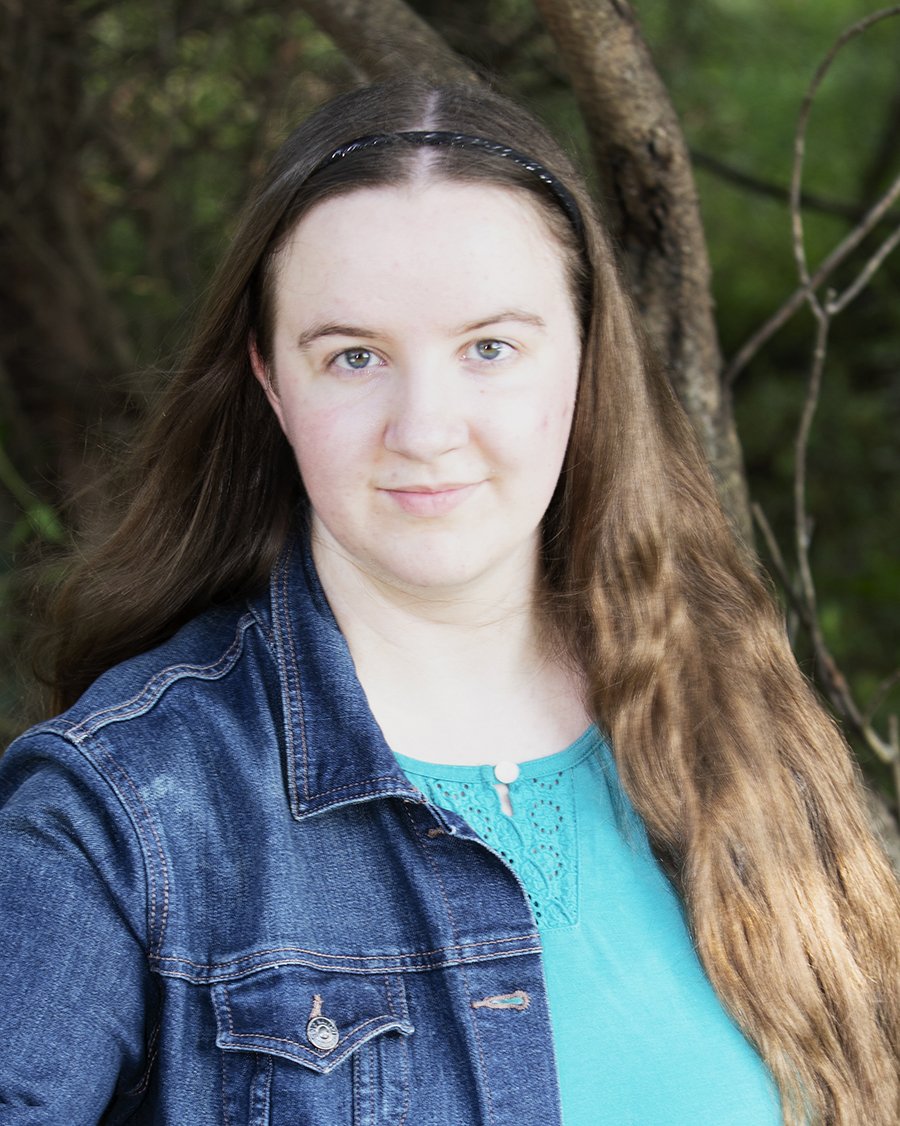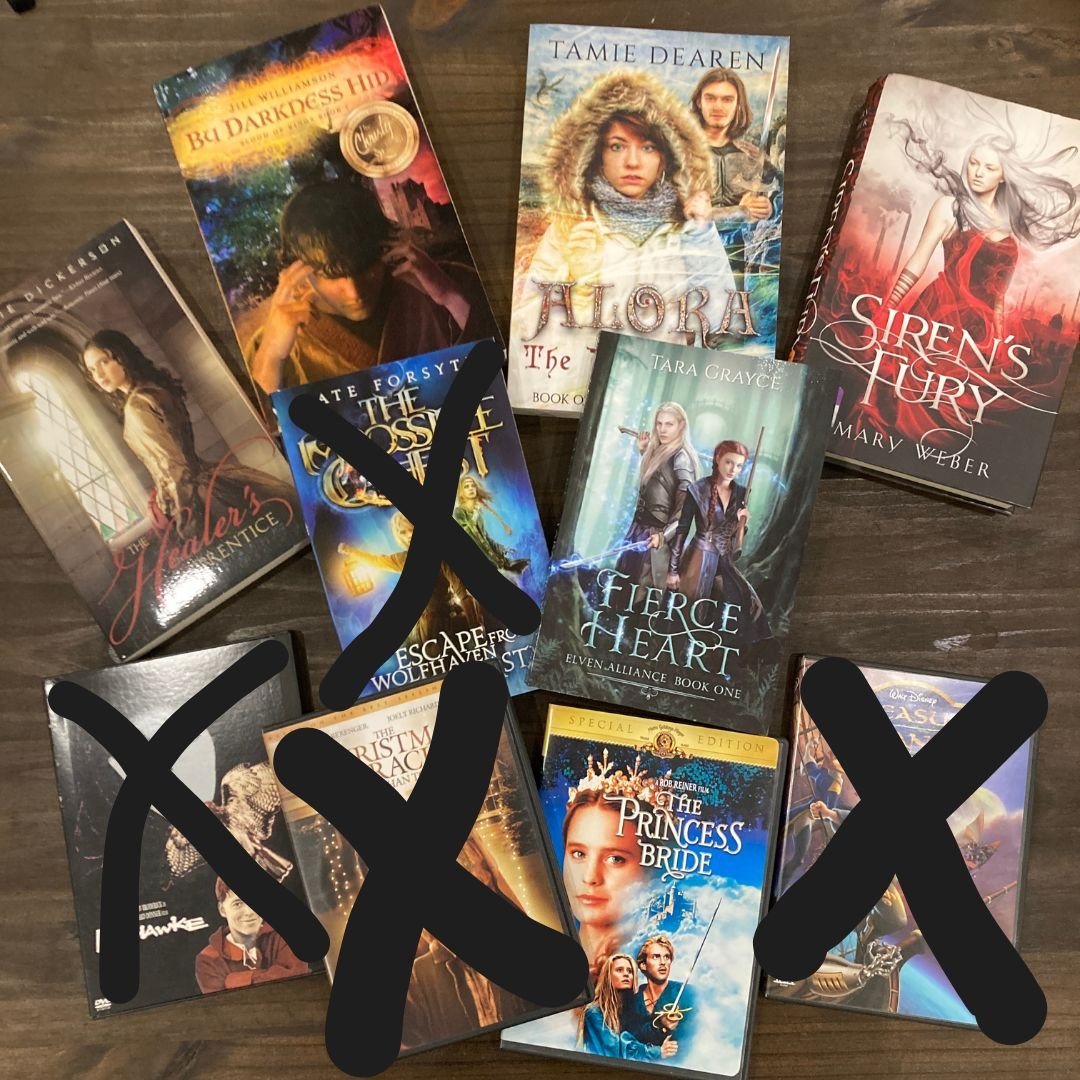Stories Behind the Scenes: Guest Post by Sarah Pennington
It has been so fun this month playing host to so many wonderful writers here at Safe Return Doubtful!
I can’t believe that February only has one more week to go!
Today, another one of my favorite authors is here to give us some tips when it comes to that staple of fantasy writing…. research!
Ahhhh research. That elusive thought or idea or question that can take you down a rabbit hole for hours upon hours just for a single line in your 100k-word story… but it’s often worth it for the feeling of knowing that what you wrote will stand up to being examined under the microscope of authenticity!
But research can also be distracting, and derail you completely from working on your actual story. So… what do you research? How do you pick? Where do you look? How do you decide what to include from your findings?
Here to answer all those questions is Sarah Pennington, author of the Bastian Dennel Files, Blood in the Snow, Through a Shattered Glass, Mechanical Heart, and the new Daughters of Atìrse series!
Stories Behind the Scenes:
How to Research for Worldbuilding
by
Sarah Pennington
If you’re a speculative fiction author, whatever your preferred genre, you probably know something about worldbuilding, the art of crafting a unique setting for your story. Every author has a slightly different system for how they build their storyworlds, but almost all methods share one thing in common: they require some degree of research. This is no reason to stress — in fact, research can be a lot of fun — but figuring out what you need to know and where to find that information can be intimidating.
In this post, I’m going to share my method for determining what to research when, along with some source types that I find useful. These suggestions will apply mostly to the type of stories I write, which are secondary world fantasies set in locations heavily inspired by real-world places and eras. However, many of the general principles apply to other sub-genres. So, without further ado, let’s get started by considering how to decide what to research.
How Do I Know What to Research?
Here’s the simple answer: it depends on the story you intend to tell.
My research method is married to my worldbuilding method, which is best summed up as “build the world around your story.” What does that mean? It means that I focus my worldbuilding time — and, correspondingly, my research time — on the elements of the world that are most relevant to the story and characters I plan to write about. So, my research topics usually fall into a few general categories:
Concepts, items, locations, and specialized knowledge that my characters are familiar with and will interact with frequently in the context of the story, like Bastian’s knowledge of fae and magic in my Bastian Dennel, PI series.
“Load-bearing” plot elements that will badly affect the storyline if I get them wrong (or demand a good explanation for why they’re different from the real world), such as the methods of deaf communication in Mechanical Heart.
Details that aren’t necessarily plot-relevant, but will help the world and characters come to life, such as food and clothing.
As a word of both encouragement and caution, you don’t have to know everything about your world or its inspiration when you start your story. I typically do broad-strokes research and worldbuilding during the planning phase, determining major locations, cultures, and things that make the world distinct, and then figure out smaller details as they become relevant. This method keeps me from getting bogged down in planning and lets me actually start writing before the excitement of a new story wears off.
Also, if you’re writing secondary world fantasy, don’t stress out about perfect historical accuracy. Most readers won’t care that you let characters in your pre-Colombian-exchange-inspired setting eat tomatoes and potatoes for dinner or that your 1920s gentleman is wearing a non-straw hat in summer. They’ll only notice inaccuracy if it stands out in some way, and most people who do notice will be forgiving.
Instead, focus on creating a world that’s consistent with itself: that hangs together well, makes sense to readers, and allows your stories and themes to shine. As long as you accomplish that, you have very little to worry about. If anyone does complain, you can simply remind them of the truth: that this isn’t the real world, so naturally some things will be different.
And if you’re the type of person who does care about historical accuracy, but who really, really wants to give your hero a nice MLT (mutton, lettuce, and tomato sandwich) for lunch . . . Well, now you have an opportunity to figure out why that does work after all! Magic can be a helpful tool — perhaps fae traders can easily bring back foods from the other side of the world (a trick I used in Song of the Selkies), or perhaps your world’s tomatoes were created by a wizard’s horticulture experiment. Of course, there are also mundane explanations. What you come up with might not end up in the story proper, but it also might turn out to be just the key you need to make a particular scene work.
So, now that we know what we’re looking for (and what we don’t need to worry about), let’s move on to a question almost as significant: where do we find the information we need?
Where Do I Look for Sources?
Unless your research topic is exceptionally obscure, finding information isn’t difficult. All you have to do is type your query into Google, open the first dozen results, and start reading. However, this isn’t always ideal — and even when it is (as when you need to know something specific and well-recorded), sometimes it’s nice to know what kinds of sites will be most likely to have useful information. So, here are four types of sources that I find particularly helpful in my research.
Historical Enthusiasts’ Sites
Whether you need a broad understanding of a time and place or you need answers to specific questions about life in that era, websites, blogs, and YouTube Channels run by historical enthusiasts are often a writer’s best friend. More approachable than scholarly sources but often just as rigorously researched and cited, these sites are typically packed with useful information that the site authors are dying to share.
The primary trait I use to evaluate these sites is the presence of original sources. For example, look at the Vintage Dancer fashion history pages or videos by people like Morgan Donner and Townsends. Each article and video includes quotes, photos, and images from the era that provide context for and support what the author reports. Articles or videos without these kinds of citations may still be accurate, but they’re less trustworthy.
Books and Media About or Set in the Target Era or Location
If you want a broad view of the place and time you’re researching, reading a book about it is a great option. And you’re not limited to nonfiction! Well-researched fiction can be an excellent way to understand a particular era. Just make sure that it is well-researched — read reviews of the book and check the author’s blog, website, or social media if you can to determine how accurate a picture you’ll get. You can also consult documentaries or movies and TV shows set in the era — but, again, always research the source to figure out how much you can trust it.
Books and Media from the Target Era
Want to really understand the time and place that inspires your story world? Read or listen to the words of the people who lived in that time, whether in the form of fiction, nonfiction, poetry, music, or something else. In addition to the practical benefits of understanding life in that time and place, it’s an excellent way to learn how people thought, what they valued, and what they were worried about. Plus, it’ll give you a better sense for the language of the era — how people talked, what slang or idioms they used, and so on — than almost anything else. The classics of that time and location are a good place to start, but you can also find value in more obscure works. Just make sure that what you read reflects the view you’re looking for — if you want to understand the ordinary person in a particular era, don’t read the works of the radicals.
Phone a Friend (or Expert)
Friends are a good thing to have — especially when those friends possess book-relevant knowledge and are willing to answer questions that Google can’t help you with. If your friends don’t have the particular knowledge you need, you can also seek the advice of people online. If there’s a website, blog, or YouTube channel you trust and reference frequently and your question falls in the owner’s area of expertise, you might email or message the owner to politely ask for help.
That said, while friends and experts are a valuable resource to consult, you shouldn’t lean on them too heavily. Reserve them for important questions that you truly can’t answer on your own — but if you have a good question, don’t be afraid to ask it. Many experts are happy to infodump when someone asks about their niche interest.
What Do I Do With What I Learn?
Once you’ve finish your research (or your current research stage), you can incorporate what you learn into your storyworld to bring your setting to life or use it as a jumping-off point to come up with ways in which your world differs from the real world. If you find yourself referencing a particular source frequently, or if you think you’ll want to come back to it throughout the story, I recommend that bookmark it so you can find it later. If you want to be really organized, you can consolidate your most important research and sources, along with other significant details about your world, in a story bible, a single location or file in which you keep track of the information you need to write your story.
What about citations? In general, if you’re writing fiction, fantasy or otherwise, you don’t need to cite sources. That said, if you had help from a friend or expert or if you found a particular website, channel, or person particularly useful, it’s polite to include them in your acknowledgements. Always say thank you — that’s a good policy in both writing and the rest of life!
Hopefully, these tips and suggestions will prove a useful guide for you as you do your own research and build your storyworlds. Thank you for reading, and thank you very much to Jenelle for having me over. If you have any questions for me, feel free to leave them in the comments!
About the Author
Sarah Pennington has been writing stories since before she actually knew how to write, and she has no intention of stopping anytime soon. She is perpetually in the middle of writing at least one or two novels, most of which are in the fantasy and fairy tale retelling genres. When she isn't writing, she enjoys knitting, photography, and trying to conquer her massive to-be-read list.
Find her online at: Author Site || Wordpress Blog || Blogspot Blog || Goodreads || Facebook || Instagram || Twitter || Amazon
Thanks for coming, Sarah!
And since today is Thursday… here is the Week 3 Giveaway Winner!
Congratulations, Raina! Please shoot me an email and let me know which two titles you’d like. I’ve included the picture below so you know what is still available!




